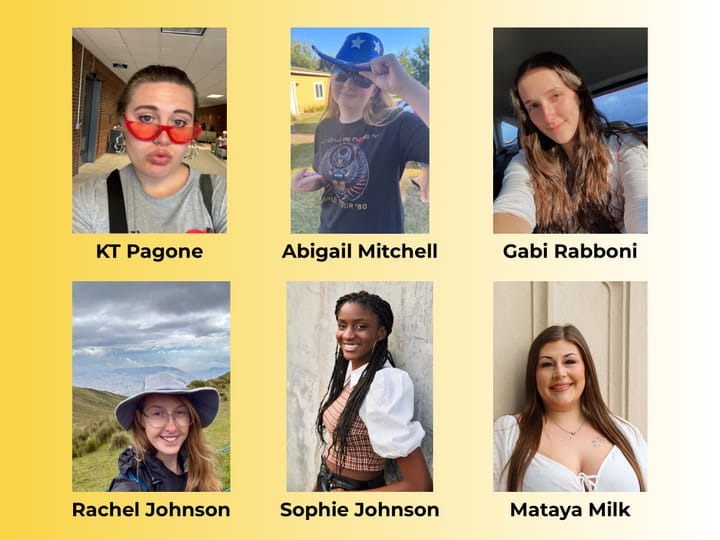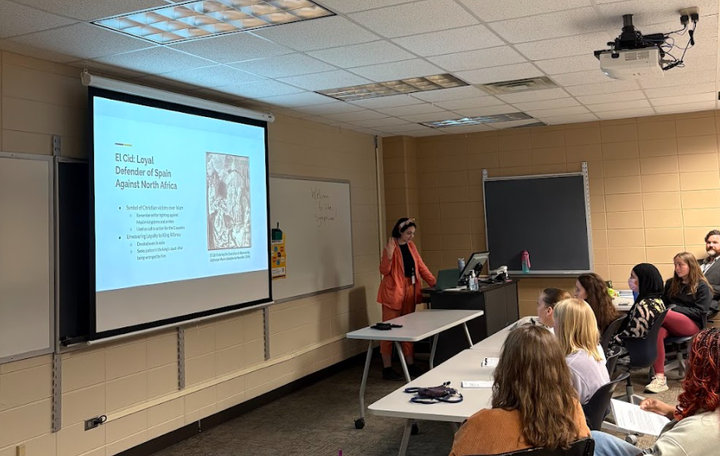Nearly 40 years in Augustana anthropology
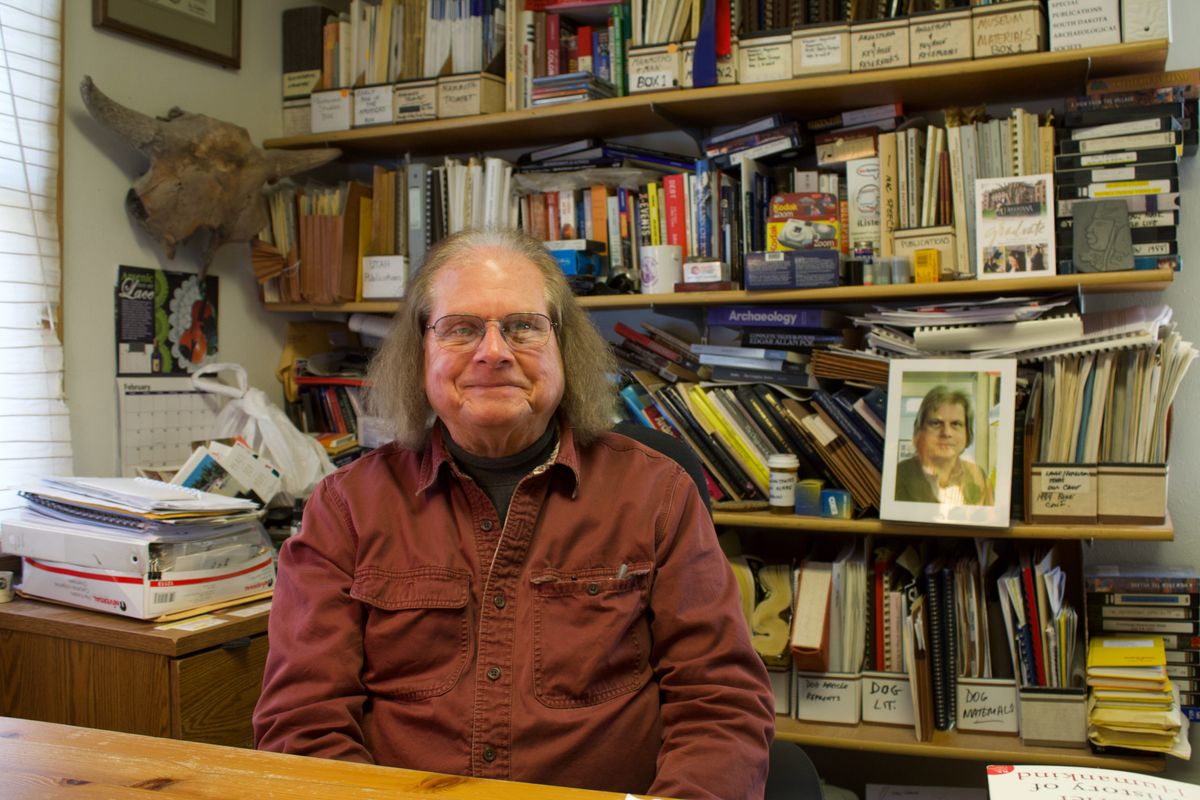
Professor Adrien Hannus, the founder of the anthropology department, has been a law student, a soldier and even a star on a PBS series. Ultimately, he found his way into anthropology and teaching at Augustana where he has worked for nearly 40 years.
“It has certainly been a very interesting pathway to trot over,” Hannus said.
Hannus’ interest in the historical and prehistoric past started when he saw dinosaurs in a field museum in Chicago as a child. When he was nine, he met paleontologists at that museum that he subsequently visited each summer — at least when the diggers weren’t in the field.
As a kid, he expected when he eventually went to college he would pursue a career in archaeology or paleontology, but financial necessity prompted him to pursue an undergraduate degree in political science and psychology from Wichita State University before he went to law school at the University of Kansas.
While Hannus was in college, the Vietnam War was building, and he signed up for the military rather than be drafted. He was commissioned into army military intelligence after his first year of law school and was deployed to Vietnam.
Hannus’ original orders said he would be analyzing captured enemy weapons at an intelligence center in Saigon. However, when he and the other military intelligence arrived they were told they would be working on the Phoenix program, a counterinsurgency program designed to identify and destroy Viet Cong.
Hannus was one of the first people assigned to the Phoenix project. He later wrote a book, “A VC Waterbuffalo: Vignettes from Vietnam” about the experience.
After a year in Vietnam, he returned to the United States to serve 10 months in the military intelligence headquarters in Kansas City. When he got out of the military, he was less certain about his oath as a lawyer.
“If you have some mechanism that creates phenomenal levels of cynicism, Vietnam took care of any kind of illusions that I might have had about law or about structures of society,” Hannus said.
He ultimately decided to go back to school for a master’s degree in anthropology, graduating again from Wichita in 1971.
“I think the field of anthropology is a substantial and very important field,” Hannus said. “I still think it undergirds all the academic disciplines because we bring them all together with our vision of the human condition. I think we need, today more than ever, fields that infuse humanness into the equation. I think that is something that, in many disciplines, gets lost somewhere along the way.”
After graduation Hannus interviewed for an anthropology position at Huron College, a small liberal arts school. He spent two years there before he was invited to teach anthropology at South Dakota State University in Brookings where he spent about four years.
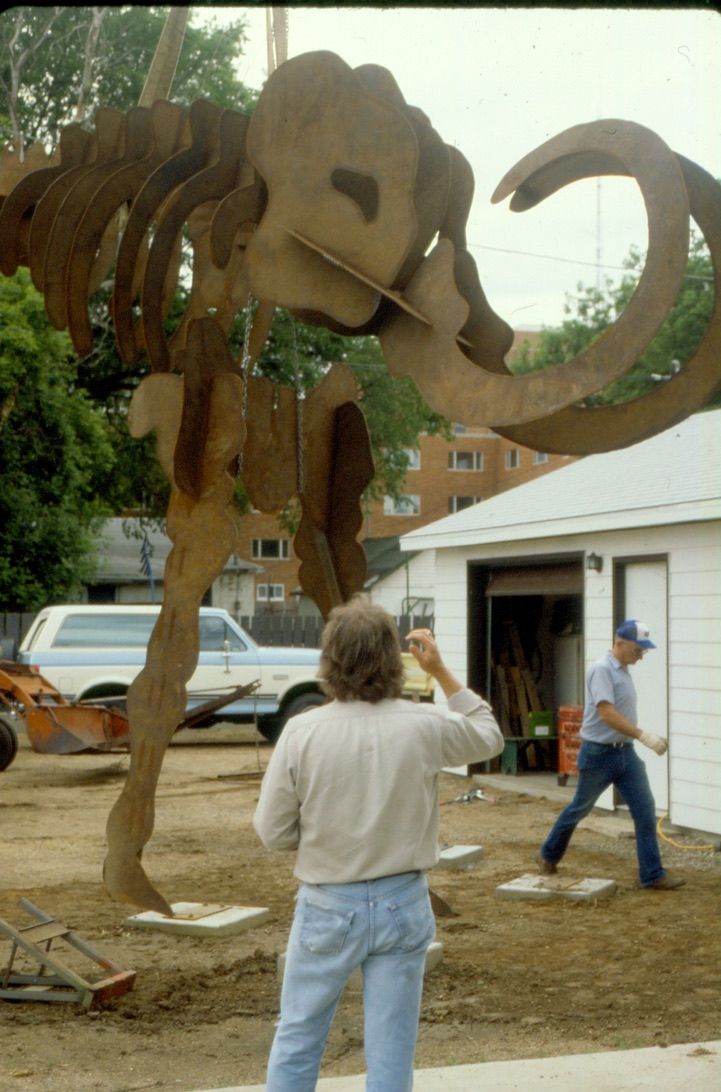
Hannus took a two year leave of absence from SDSU to pursue his doctorate at the University of Utah.
During a survey of Western South Dakota in 1980, Hannus met Les Ferguson, a local collector and the president of the board of the mammoth site. At Ferguson’s house, he saw a collection of Clovis points, fluted projectile points that are roughly 13,500 to 12,800 years old, found in the Badlands as well as a mammoth leg found on a nearby ranch. Their origins piqued Hannus’ interest — most Clovis points at that time had been found in the American Southwest.
“A lot of collectors don’t ever want to divulge where they are collecting,” Hannus said. “I was wrestling in my mind with what in the world we could possibly do to someday go out and visit the area. Finally, I just asked him, and he said ‘Oh sure, of course! We can go out tomorrow morning.’”
Hannus and his crew went to Lang ranch, the origin place of the mammoth bone, and found bones exposed by eroding material, indicating a potential bone bed on the site. One piece eroding out of the bute was broken and had a channel where a flake had once been.
“I really got excited,” Hannus said. “Maybe this site was not just a site of mammoth material, but maybe it had a human relationship to it.”
In the fall of 1980, Hannus started excavating the site and found a bone bed and a definite human relationship.
At the same time as he was excavating the bone bed, Hannus had also started an archaeology laboratory at SDSU and began working with cultural resource management archaeology for a natural gas pipeline in 1979.
In 1982, InterNorth, a natural gas company, asked Hannus to become their internal archaeologist. Hannus took the job on the condition that he would move the archaeology lab. Hannus ended up moving the archaeology lab to Augustana that same year.
Hannus spent a year at the natural gas pipeline company before resigning to direct the lab full time and start an anthropology program at Augustana. Over the course of several years, Hannus added more anthropology classes to Augustana’s class selection.
“From nothing, and I’m not joking about this, there was nothing here in anthropology, I created the anthropology department program,” Hannus said.
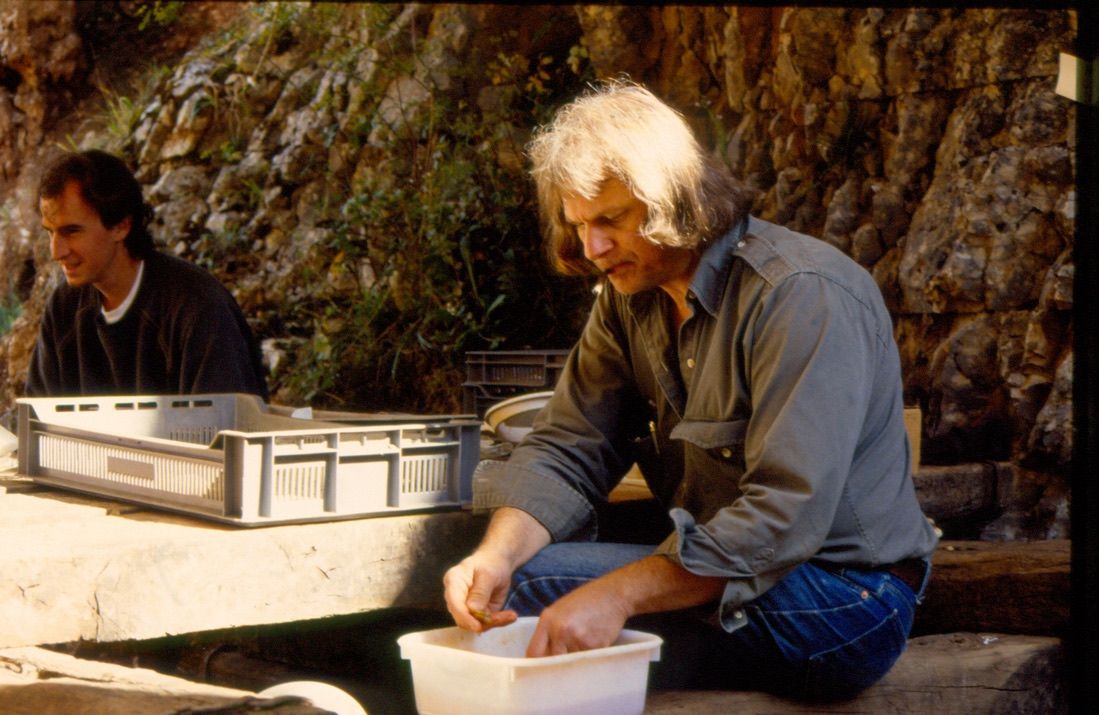
The anthropology department did not become official, however, until Hannus partnered with the University of Exeter in the United Kingdom.
Hannus didn’t want to be the only professor for the entire anthropology department at Augustana. When the anthropology program was born, students were required to spend one year abroad at Exeter with their facilities and professors. With the combination of Hannus’ teaching and Exeter’s facilities, the anthropology department was approved in 2008.
Part of the partnership required having a shared field school at the Prehistoric Indian Village site in Mitchell, South Dakota.
“If you are going to be training students in archaeology, field school really is an essential part,” Hannus said. “It is one of the few opportunities left to really see the inner workings of archaeology.”
Hannus has run 17 joint field schools with Exeter at the Mitchell Prehistoric Indian Village. He started working on the site in 1983 and has offered field school for Augustana students there since 1985. At the site, Hannus was also involved in the construction of the archaeodome, a dome over the site to protect the excavation from the winter elements.
After gaining some notoriety for his many archaeological endeavors, Hannus was featured on Time Team America, a PBS television series produced in 2009. He was approached by Graham Dixon to be the principal archaeologist on the show after Dixon had spoken with one of Hannus’ former students.
Hannus was featured for the entire first season of the show and worked on sites in Illinois, South Carolina, North Carolina, Utah and South Dakota. Hannus is also the editor of South Dakota Archaeological Society Journal, an annual publication featured in major libraries across the country.
Hannus is now looking at retiring in May, although he is reluctant to leave Augustana and is still unsure of what he will do next. He hopes to still have a presence at Augustana and to continue running summer field school at the Mitchell Prehistoric Indian Village.
“I have felt that, after I reworked my career several times going from political science to law school to whatever to whatever, that I ended up in a career that I have really thoroughly enjoyed,” Hannus said.

